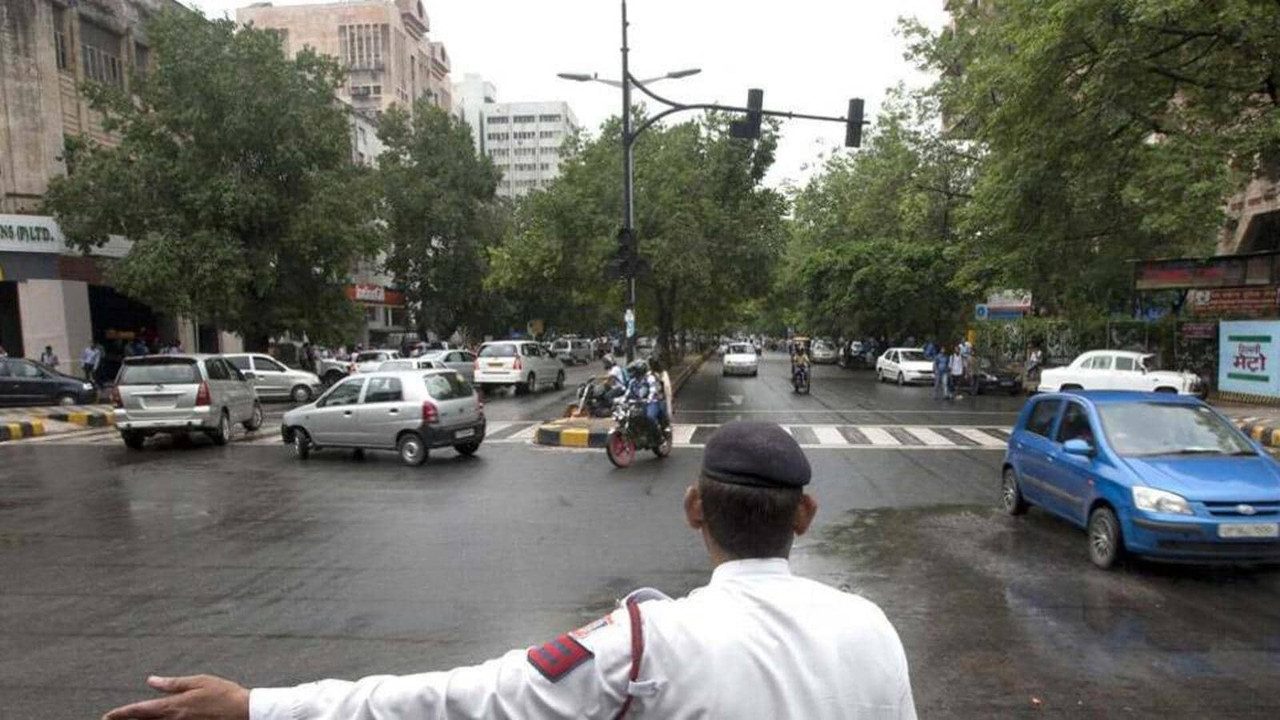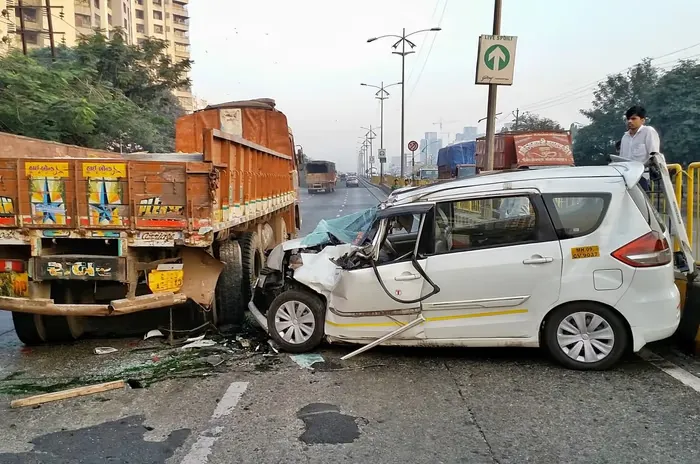A consistent decrease in accidents has been experienced in Punjab over the last year, giving cause for relief to traffic authorities and citizens alike. As compared to earlier years when the state experienced regular mishaps on highways and city roads, recent statistics released by district administrations reflect a downtrend in both the frequency and severity of road accidents. Scoffers point to improved road maintenance, enhanced traffic regulation, and increased awareness among drivers as key drivers of the reduction.
There were fewer reported deadly accidents in urban centers such as Patiala, Amritsar, and Mohali. In response, officials are tentatively optimistic that lasting change is finally beginning to gain traction.
Successful Interventions Start to Show Results

This encouraging trend is the result of several coordinated initiatives in the state. In the last 18 months, many Punjab cities rolled out traffic reforms ranging from automated surveillance, breath analyzer checks, and digital challans. These efforts have resulted in more adherence to road safety standards. For instance, in Ludhiana, a city previously plagued by high-speed crashes, police installed traffic cameras running 24x7 at important intersections. Since then, there has been a significant decline in red-light offences and over-speeding offenses. Reflective marking and rumble strips in rural regions have also enhanced night-time visibility and cut head-on crashes.
Community Awareness and Youth Involvement Play Central Role
Apart from infrastructure and enforcement, community involvement has been a central factor in this shift. NGOs, students' organizations, and residents' welfare associations have been at the forefront of informing citizens about responsible driving practices. School-level awareness campaigns and college road safety clubs have motivated youth to drive more sensibly. A prime example is in Bathinda, where students of a college initiated a "Helmet for Life" campaign that had a visible impact on helmet usage among two-wheeler riders. Public service announcements using local radio and social media have also helped influence the behavior of drivers, particularly first-time and youth drivers.
Enhanced Infrastructure Making the Roads Safer
The emphasis of Punjab on building an improved road infrastructure has also helped reduce accidents. High-risk zones that had been identified in previous years were rebuilt with superior engineering standards. Some accident hotspots in urban areas such as Jalandhar and Hoshiarpur were remodeled to regulate traffic more effectively. Widening highways and the construction of pedestrian walkways in some urban areas have minimized the risk for both pedestrians and drivers. Additionally, regular maintenance work to fix potholes and broken dividers has been given priority by local authorities, providing more secure conditions even during the monsoon months when roads are more accident-prone.
A Safer Road Ahead: Vigilance Needed on Ongoing Basis
Even though the trend is positive, experts warn against complacency. Sustaining and building upon this progress will need sustained effort from all concerned, namely government departments, local society, and users of the road. Regulators are now looking to embed technology more deeply—like GPS-based crash detection systems and real-time traffic updates—to improve road safety. Punjab's success tale could become an example for other
states struggling with identical issues. For the time being, however, fewer screaming sirens and hushed emergency wards are a silent demonstration of lives being saved, road by road.













